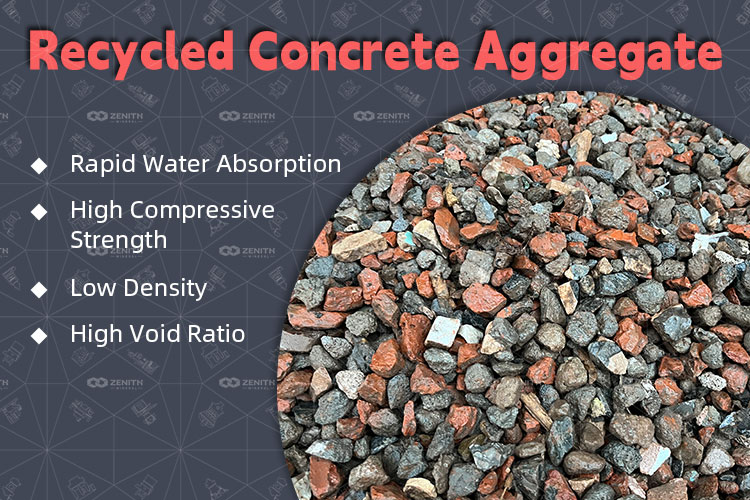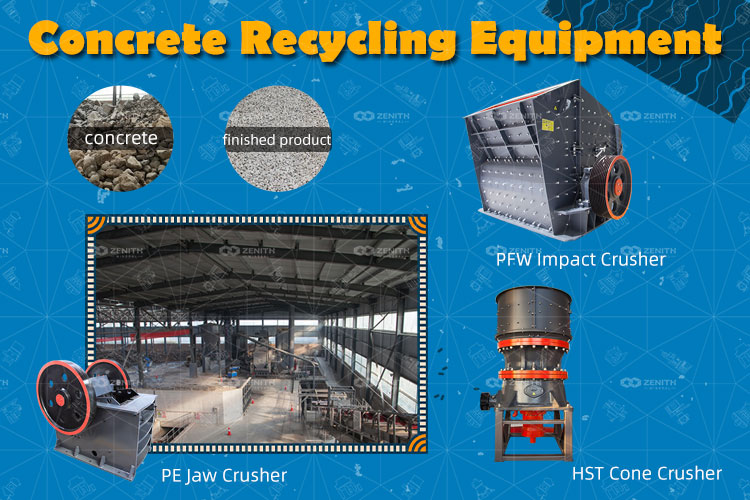Construction and demolition (C&D) activities generate massive amounts of waste each year. In the United States alone, C&D debris accounts for over 200 million tons disposed annually. Globally, waste from construction makes up around 30% of all landfill waste by volume. This creates substantial environmental and economic burdens.
However, a large portion of C&D waste is recyclable. C&D recycling aims to divert reusable and recyclable materials from landfills to reduce negative impacts. It supports sustainability goals through conservation of resources and reduction of greenhouse gases from landfill disposal. With advanced technologies and management practices, recycling rates for C&D waste can be significantly improved.

It is estimated that worldwide, Construction and demolition (C&D) activities generate between 1.3 to 2.3 billion tons of waste annually, accounting for approximately 25-30% of solid waste volumes in municipal waste streams. In the United States alone, over 170 million tons of C&D debris is generated yearly based on EPA data. Construction and demolition (C&D) generation rates vary considerably between developed and developing nations depending on local construction practices and demolition activities. Rapid urbanization and infrastructure development in many regions also contributes to rising C&D waste volumes posing significant waste management challenges.
Construction and demolition (C&D) debris or waste refers to the materials generated during construction, renovation, and demolition activities of buildings and infrastructure. The volume and composition of C&D waste depends on the nature and scale of the construction project. Large amounts of waste are also generated during remodeling or renovation of existing buildings and structures.
C&D debris is largely comprised of wood, concrete, asphalt, gypsum board, metals, plastics, and other materials.
Simply landfilling large volumes of C&D debris imposes numerous environmental impacts and costs:
Here are the details on some key processing steps in construction and demolition (C&D) recycling applications:
Drop chutes and conveyors transport incoming mixed debris to downstream equipment. Vibratory feeders regulate material flow for steady processing.
Jaw, cone and impact crushers are commonly used to size-reduce oversized pieces for separation. Crushers may have multiple stages to achieve various product sizes.
Trommel screens, vibratory screens, rotary screens separate crushed material by size into specified fractions like coarse, fine and undersize products suitable for further processing.
Drum scrubbers use high-pressure water jets to clean materials by removing dust/coatings and fines before further processing or stockpiling.
Log washer style systems combine scrubbing, rinsing and dewatering to purify sand and gravel fractions before shipping to end-markets or further processing.
Air classifiers, hydrocyclones and vibratory equipment segregate specified sizing fractions by density/particle characteristics such as lightweight plastics.
Belt filters, centrifuges and other processes remove water from washed/classified fractions before conveyance or temporary stockpiling.
Representative material samples are collected from each step and stockpiles for laboratory analysis to ensure quality control.
Settling ponds, filtration systems and other techniques treat wash plant water for reuse to minimize fresh water needs.
Non-recoverable fractions comprising fines, unsuitable particles and contaminants are usually landfilled, and such residuals require careful handling for regulatory compliance.
Proper integration of these processing stages enables efficient materials separation, recovery and product delivery from mixed C&D feedstocks.
Some major advantages of recycling C&D debris include:
Learn more about how to conduct a waste audit and create a customized construction and demolition (C&D) strategy for your business.

Crushing and screening equipment is the key to the recycling of construction waste. For construction waste treatment, ZENITH recommends mobile crusher.

the aggregate formed by waste concrete through multiple screening, crushing, cleaning processes combination and classification, and mixed in a certain proportion is called recycled concrete aggregate, recycled aggregate for short.

Concrete crushers are machines that are designed to reduce the size of concrete structures and buildings. There are 7 types of concrete crushers that are used for different purposes.
Fill your requirements here, and we'll send the custmized solution and quotation to you by the reserved contact information.